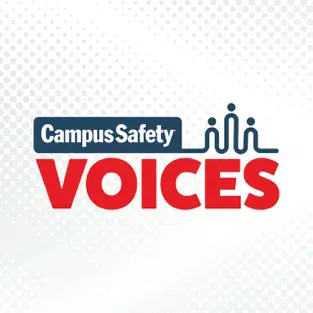Often influenced by significant security events on K-12 or higher education campuses, various compliance requirements have been implemented for schools when it comes to different security systems. As a result, many have purchased and installed disparate systems that continue to be costly and are difficult to expand upon.
History has shown that a unified security system better protects students, personnel, and visitors. Employees are able to respond to emergencies quicker and earlier, and two technologies should be the cornerstones of a unified system.
“It’s K-12 and it’s higher education, it’s the public institutions, the private institutions, the tech schools, you name it — the baseline is really video and access control,” Jason Friedberg, Commercial Head for Education at Genetec, told Campus Safety. “If we look at those and sort of the physical security standards of concentric circles, we’re going to start with the sanctum sanctorum: the doors of the school or the doors of the building in your campus as the start and electronic access control is really the key for that. The video is another important layer because it now lets us look outside of that building. It lets us look at the parking lots, the ways that people are coming and going, to get an idea for the life of that campus so we’re now being able to see what’s going on before they get to that door.”
One benefit to implementing a unified security system is that it is written in the same code.
“When they go to do updates, it updates the whole system — nothing breaks,” said Friedberg. “Those customizations that get [disparate systems] to work and talk together on a standard PSIM don’t work when you update one side and not the other.”
A unified system also minimizes staff training and onboarding.
“If you’re learning one system, the flow and the way that system operates works generally the same across all of its products. They don’t change much from product to product for that reason,” Friedberg said. “Everyone uses the same interface, it’s standardized, it’s easy to use. Going from your access control to your video or even adding a license plate reader or reporting or visitor management, it’s all going to feel the same.”
Integrated security systems that are easy to use also free up time for security personnel such as campus police or school resource officers (SROs) to interact with students and create a positive culture — something that is just as important as the technology that helps secure a campus.
“[With a unified system], we don’t have to have a security guard at every building. We can start to reduce the total cost of ownership by having maybe one or two security guards on for the 20 residence halls on your campus that are managing the access control after hours for those locations,” described Friedberg.
Additionally, by having one system to maintain and upkeep, schools are better able to budget for it.
“You know what it’s going to [cost] every year. If you want to add on another module, it’s not going to be another service maintenance agreement,” Friedberg continued. “You’re going to have that single service and maintenance agreement for the total life of that system. Aggregating all of it helps to bring down and moderate that total cost of ownership.”
In our interview, we also discussed:
- What campuses should be looking for in a unified system to help them reduce total cost of ownership while improving effectiveness (1:35)
- Minimal standards security and public safety departments should expect from physical and electronic security systems (8:38)
- Standards customers are finding the most challenging to comply with (13:15)
- How a unified system positively influences the roles of campus police (15:40)
- What Genetec is doing to help schools adopt unified security systems and how the company addresses varying budgets (17:40)
- Other concerns and challenges customers have voiced regarding campus security and technology (24:08)
Watch our full interview here or listen on the go on Apple or Spotify.









